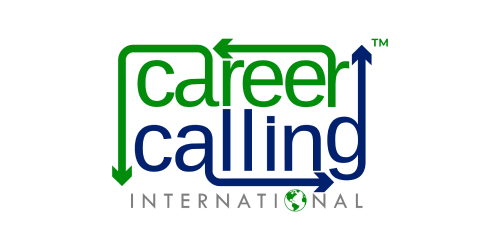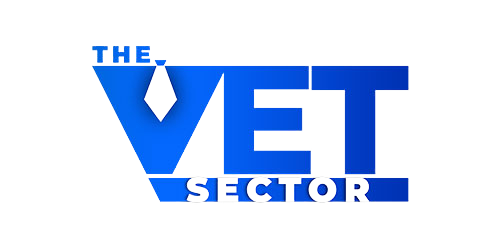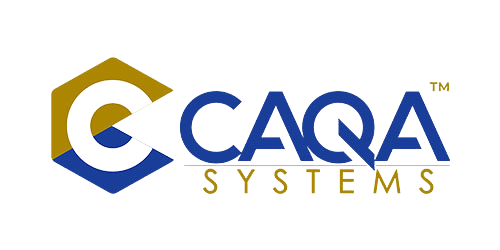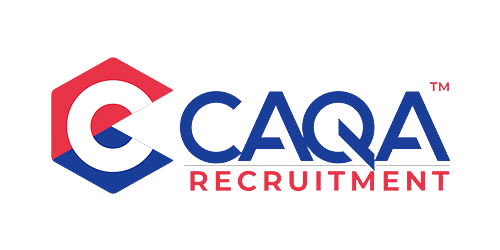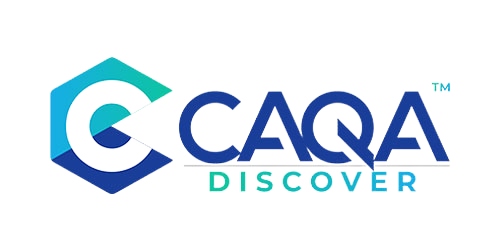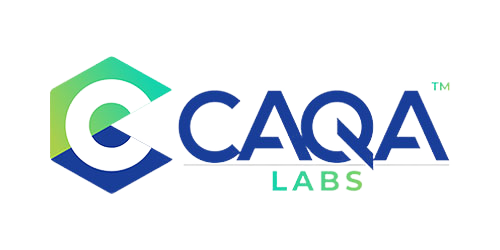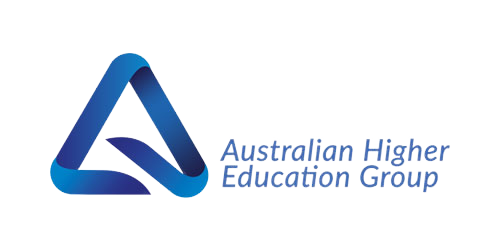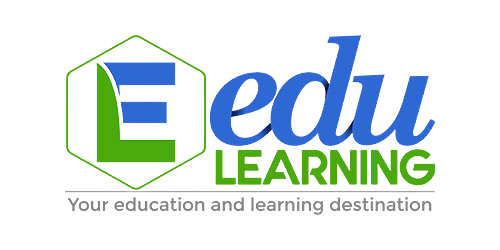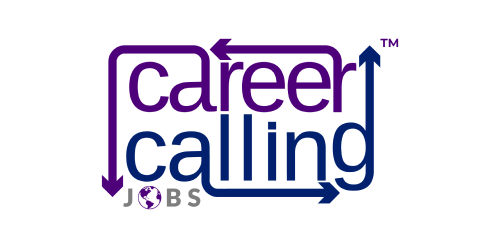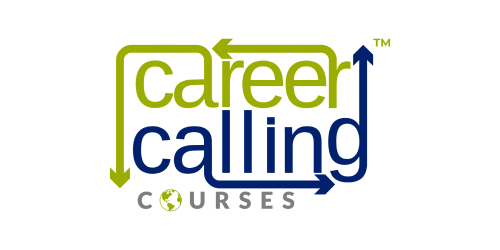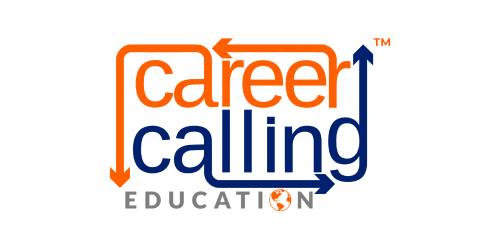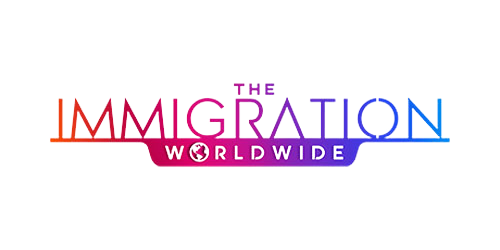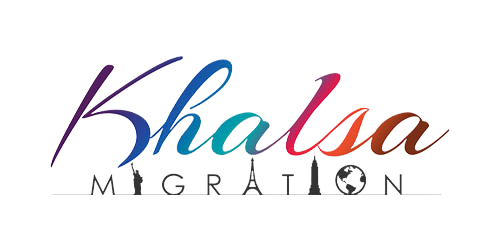The question that keeps many awake at night is no longer whether artificial intelligence will transform society, but rather how far this transformation will go and what role humans will play in an increasingly automated world. As we witness AI systems performing tasks once thought to require uniquely human capabilities, from medical diagnosis to creative writing, legitimate concerns arise about our future economic relevance and social organisation. Will we reach a point where AI advancement goes "too far," fundamentally undermining human agency and purpose? How will families sustain themselves if traditional employment opportunities continue to shrink? We might eventually find ourselves subordinate to the very systems we created. And most importantly, what concrete steps can we take through education and training to ensure humans remain the authors of their own destiny rather than passive observers of an AI-driven future?
The vocational education and training sector stands at a critical crossroads in this unfolding narrative. Long focused on preparing students for specific careers through practical skills development, this sector now faces the challenge of equipping learners for a labor market where the very nature of work is being redefined. This is not merely about adapting existing curricula to incorporate AI literacy, though that remains essential, but rather about fundamentally reimagining vocational preparation for an era where the relationship between humans and machines is being renegotiated across every industry and profession. The decisions made by educational institutions, policymakers, and industry leaders in the coming years will significantly influence whether AI serves as a tool for human flourishing or becomes a force that diminishes human potential and autonomy.
When we ask "how far is too far" regarding AI development, we're really asking about the boundaries of human distinctiveness and value. Historical technological revolutions have consistently displaced certain types of labor while creating new opportunities. The industrial revolution rendered many artisanal production methods economically unviable but created factory jobs and eventually enabled entirely new industries. The digital revolution eliminated many clerical positions but spawned the entire information technology sector. What distinguishes the AI revolution, however, is its potential to automate not just routine physical or computational tasks but also aspects of knowledge work, creativity, and decision-making previously considered uniquely human domains. When machines can write compelling articles, create original artwork, or conduct insightful analyses—often at a fraction of the time and cost of human equivalents—we confront profound questions about the economic and existential foundations of human work.
The convergence of advanced robotics with increasingly sophisticated AI systems further complicates this picture. While previous generations of automation primarily affected blue-collar manufacturing jobs, the current wave threatens positions across the socioeconomic spectrum. Professional occupations once considered immune to technological displacement—law, medicine, finance, education—now face partial automation. This doesn't necessarily mean these professions will disappear entirely, but their character and required skill sets are changing dramatically. The attorney who once spent hours conducting legal research now supervises AI systems that can analyse thousands of cases in minutes. The physician who relied on personal experience and memory to make diagnoses now partners with systems that can instantly process millions of medical records to identify patterns invisible to the human eye. The question becomes not whether these professions will continue to exist, but rather what aspects will remain distinctively human, and how practitioners can adapt to complement rather than compete with AI capabilities.
For individuals facing displacement, the immediate concern is fundamentally practical: how will they support themselves and their families? Historical transitions suggest that new types of work eventually emerge as technologies mature, but this offers little comfort to those whose livelihoods are threatened in the present. The potential scale and pace of AI-driven displacement may strain traditional social safety nets and retraining programs. While high-skill, high-wage workers often have the resources to navigate transitions, those in entry-level or middle-skill positions may find themselves particularly vulnerable. Parents facing uncertain employment prospects worry not just about immediate financial security but also about the types of opportunities that will be available to their children. Will meaningful, dignified work remain accessible across socioeconomic backgrounds, or might we witness an intensification of inequality where those with specialised skills thrive while others face persistent underemployment?
This concern extends beyond economic considerations to questions of dignity, purpose, and social organisation. Work provides not only financial sustenance but also structure, community, identity, and a sense of contribution. A future where substantial portions of the population cannot find meaningful employment threatens social cohesion and individual well-being. Some propose a universal basic income as a potential response, providing financial security regardless of employment status. Others advocate for redefining our relationship with work entirely, perhaps valuing forms of social contribution—caregiving, community service, environmental stewardship—that have traditionally fallen outside market valuation. Whatever approaches emerge, vocational education will play a central role in helping individuals navigate this shifting landscape, identifying areas where human contributions remain valuable and developing capacities that complement rather than compete with AI systems.
The more extreme scenarios—humans becoming "servants" of AI or subject to AI "rule"—might seem like science fiction, but they point toward legitimate concerns about power dynamics in an AI-infused society. While sentient machines demanding human servitude remain firmly in the realm of speculation, more subtle forms of human disempowerment are already emerging. When algorithmic systems make consequential decisions affecting human lives—determining who receives loans, medical care, educational opportunities, or employment—without transparency or accountability, a form of algorithmic governance takes shape that can diminish human agency. Similarly, when companies or governments deploy surveillance technologies that monitor and influence behavior, they effectively reduce individuals to data points within systems designed for prediction and control rather than human flourishing.
The challenge for vocational education is to prepare students not only to function within these emerging systems but also to shape and govern them. This requires developing what might be called "AI governance literacy"—an understanding of how automated systems function, their limitations and biases, and the social, economic, and ethical implications of their deployment. It also necessitates fostering the capacity for critical engagement, ensuring that students can question and challenge applications of technology that undermine human dignity or autonomy. Rather than accepting technological change as an inevitable force to which humans must passively adapt, vocational education should emphasise that technological development remains a human activity guided by human choices and values. The question is not whether AI will rule over humans, but rather how humans can design, deploy, and govern AI systems in ways that enhance rather than diminish human capabilities and freedom.
This brings us to the central question: what specific vocational education and training approaches can help prepare individuals to thrive in this emerging landscape? The first priority must be developing robust AI literacy across all fields and disciplines. This goes beyond basic digital skills to include understanding how AI systems function, their capabilities and limitations, common failure modes, and ethical considerations. Students should learn to distinguish between genuine AI capabilities and marketing hype, recognising both the transformative potential of these technologies and their practical constraints. This literacy should be integrated throughout curricula rather than segregated into specialised courses, helping students understand AI's implications specifically within their chosen fields. A nursing student, for instance, should learn not just how to provide care but also how AI diagnostic systems are reshaping medical practice and what roles remain distinctively human in patient interaction.
Beyond general AI literacy, vocational programs should emphasise human-complementary skills that are likely to remain valuable even as automation advances. These include complex problem-solving in novel, ill-defined situations; ethical reasoning and value judgments; interpersonal effectiveness and emotional intelligence; cultural sensitivity and contextual understanding; creative thinking that transcends existing patterns; and physical dexterity in unstructured environments. While AI systems excel at identifying patterns in existing data and operating within defined parameters, they struggle with open-ended problems requiring judgment, empathy, or adaptation to entirely new circumstances. By developing these human-complementary capabilities, students position themselves to work alongside AI systems rather than being replaced by them.
Vocational education should also emphasise metalearning—learning how to learn—as a core competency. In a rapidly changing technological landscape, specific technical skills may become obsolete quickly, but the ability to continuously acquire new knowledge and adapt to shifting requirements remains invaluable. Students should develop effective strategies for independent learning, critical evaluation of information sources, and the capacity to transfer knowledge and skills across domains. This adaptability helps individuals navigate career transitions, whether voluntary or necessitated by technological change. Rather than training for a single career path likely to remain stable for decades—a model that increasingly seems antiquated—vocational education should prepare students for multiple transitions throughout their working lives.
Another crucial area for vocational training involves human-AI collaboration skills. Rather than framing the relationship between humans and AI as inherently competitive, educational programs should emphasise complementary strengths and effective partnership. Students should learn to provide high-quality feedback to improve AI systems, override algorithmic recommendations when appropriate based on contextual understanding, and effectively communicate both the capabilities and limitations of AI tools to colleagues and clients. They should develop familiarity with hybrid workflows where certain aspects of tasks are automated while others remain human-driven, and understand how to maintain appropriate oversight and accountability within these arrangements. The goal is to position graduates not as passive users of AI tools but as skilled directors who can leverage these technologies to enhance their own capabilities and achieve objectives that neither human nor machine could accomplish alone.
Entrepreneurship education represents another valuable pathway for vocational programs. As established career paths evolve or disappear, the ability to identify needs and create value through new ventures becomes increasingly important. Students should develop skills in opportunity recognition, resource mobilisation, risk management, and adaptive execution—capabilities that support both traditional entrepreneurship and "intrapreneurship" within existing organisations. Importantly, entrepreneurship education should emphasise creating value for others rather than pure profit-seeking, helping students identify how they can apply their distinctive human capabilities to address genuine needs in ways that automated systems cannot. This approach helps students view technological change not merely as a threat to existing jobs but also as an opportunity to create new forms of value and work.
Ethics education must become a core component of vocational training across all fields. As AI systems assume greater responsibility for consequential decisions, understanding the ethical implications of technology deployment becomes essential. Students should develop frameworks for analysing the potential impacts of automation on various stakeholders, identifying hidden biases in algorithmic systems, and making value-based judgments about appropriate applications of technology. They should understand both role-specific ethical considerations within their chosen fields and broader societal questions about how technology shapes power dynamics, access to opportunities, and definitions of human flourishing. This ethical foundation helps graduates serve as responsible stewards of technology rather than uncritical implementers of whatever tools happen to be available or profitable.
Vocational programs should also incorporate what might be called "technological citizenship"—preparing students to participate in governance processes that shape how AI is developed and deployed in their communities and workplaces. This includes understanding relevant policy frameworks, regulations, and standards; developing the capacity to articulate concerns and advocate for responsible practices; and recognising when collective action may be necessary to address potential harms. Rather than viewing technology as an inexorable force beyond human control, students should understand themselves as agents who can influence how these tools are designed and used. This perspective helps counteract feelings of powerlessness that often accompany rapid technological change and encourages proactive engagement rather than passive resignation.
Practical, project-based learning approaches prove particularly valuable in preparing students for an AI-influenced workplace. By working on authentic problems that require both human judgment and technological capabilities, students develop integrated skill sets that transcend the theory-practice divide. Simulation exercises where students must recognise the limitations of automated systems and determine when human intervention is necessary help develop critical discernment. Collaborative projects where teams must coordinate human and artificial capabilities to achieve objectives mirror the hybrid workflows emerging across industries. These experiential approaches help students develop confidence in their distinctive human contributions while also becoming comfortable working alongside increasingly sophisticated technological tools.
Crucially, vocational education must become more responsive to rapidly evolving workforce needs. This requires closer collaboration between educational institutions, industry partners, and community stakeholders to identify emerging skill requirements and develop agile training approaches. Short-cycle credentials that can be stacked toward comprehensive qualifications allow more responsive adaptation than traditional two-year or four-year programs alone. Work-based learning components—internships, apprenticeships, cooperative education—provide opportunities to apply classroom learning in authentic contexts while also helping employers and educators identify evolving skill needs. These initiatives should be informed by comprehensive, real-time labor market information systems that track not just current job openings but also emerging trends and potential disruptions.
Different vocational fields will require specific adaptations to remain relevant in an AI-influenced economy. For healthcare support roles, training should emphasise the irreplaceable human elements of caregiving—empathy, cultural sensitivity, ethical judgment—while also developing familiarity with AI diagnostic and monitoring tools. Construction trades education should combine traditional hands-on skills with an understanding of building information modeling systems, automated project management platforms, and AI-enhanced quality control processes. Culinary programs should balance traditional techniques with knowledge of AI-driven inventory management, recipe development, and customer preference analysis. Administrative support training should shift from routine document processing toward managing complex information flows, interpreting AI-generated analyses, and providing contextual understanding that automated systems lack. In each case, the goal is not to compete directly with AI capabilities but rather to develop complementary human skills that enhance the overall effectiveness of hybrid human-machine systems.
Addressing broader social challenges created by technological disruption extends beyond the scope of vocational education alone. Comprehensive workforce development ecosystems must emerge that connect education, employment services, social support systems, and economic development initiatives. Career navigation support becomes increasingly important as traditional pathways evolve or disappear. Funding mechanisms for lifelong learning—individual training accounts, employer-sponsored education benefits, public subsidies—help ensure ongoing skill development throughout careers. Income support during training periods and transitions helps individuals manage economic insecurity while developing new capabilities. Housing assistance and transportation solutions address practical barriers to participation in education and training. While vocational institutions cannot directly provide all these supports, they should actively participate in building integrated regional ecosystems that connect education to broader opportunity structures.
Maintaining human agency in an age of artificial intelligence ultimately requires more than just developing new vocational curricula or training approaches. It demands a fundamental reconsideration of how we value different types of human contribution, how we organise economic activity, and how we govern powerful technologies. Vocational education can play a crucial role in this broader societal conversation by articulating a vision of meaningful human work that complements rather than competes with advancing technology. By preparing students to apply distinctively human capabilities alongside AI tools—and to participate in shaping how these technologies are developed and deployed—vocational programs help ensure that the future remains one of human flourishing rather than human marginalisation.
The path forward requires neither uncritical enthusiasm for technological "progress" nor reactionary resistance to change, but rather thoughtful engagement with the profound questions AI raises about human work, purpose, and agency. Through well-designed vocational education that emphasises human-complementary skills, adaptive learning capacities, ethical judgment, and technological citizenship, we can help ensure that AI serves as a tool for enhancing human potential rather than diminishing it. The challenge before us is not primarily technological but rather social and political—how we collectively choose to design, deploy, and govern these powerful tools in service of genuinely human flourishing. By preparing students to participate effectively in this ongoing conversation, vocational education can help shape an AI future that expands rather than constrains human possibility.







